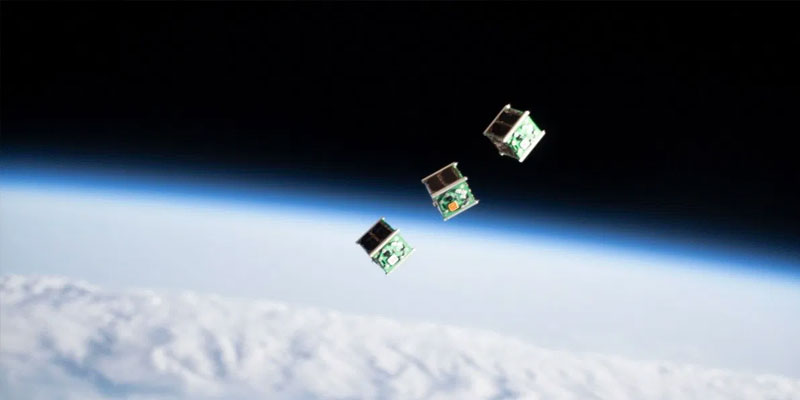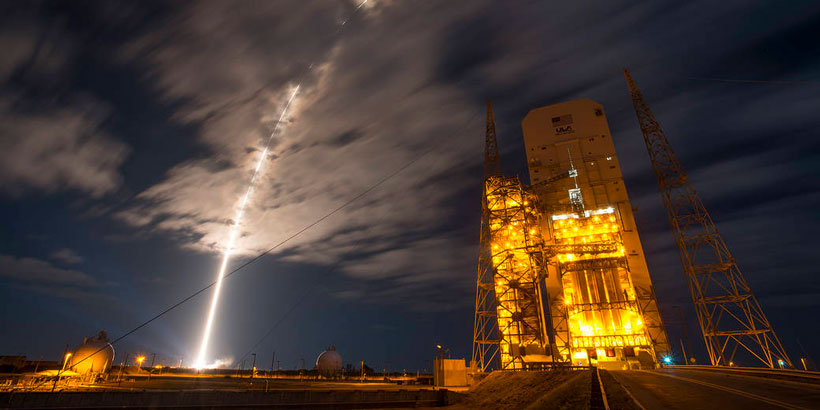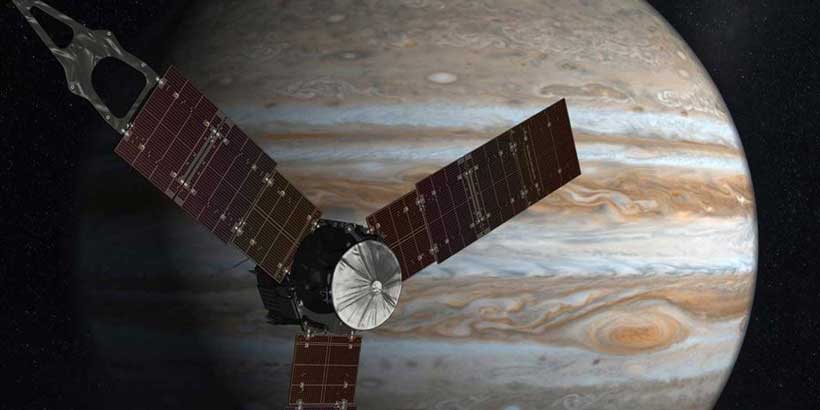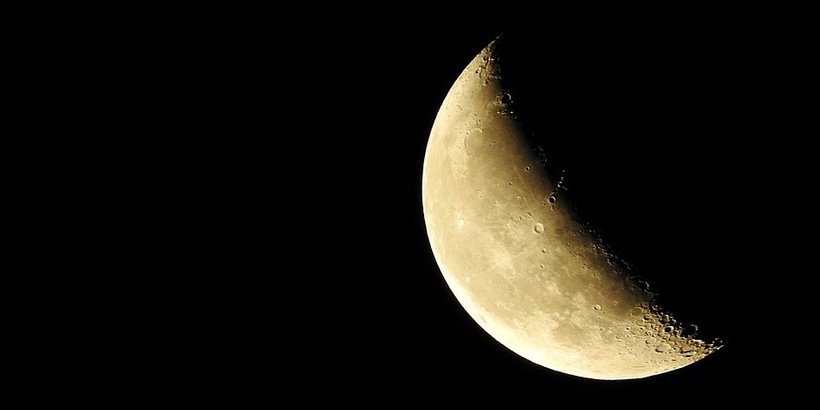
Apparently our moon isn’t in right-way up, at least according to one Alabama scientist.
Dr. Richard Miller of the University of Alabama at Huntsville is part of a team of scientists that believes they discovered the moon flopped over on its side a few million years ago.
The team was originally looking for water on the moon. (Looking for water on other celestial bodies is the latest trending topic for scientists. Just last year scientists discovered running water on Mars and a possible underground ocean on Jupiter’s largest moon, Ganymede. #SpaceWater).
Dr. Miller’s team did indeed find water around the moon’s north and south poles; but one of his colleagues, Dr. Matt Siegler of the Planetary Science Institute in Arizona, realized that the water at the poles was pointing in opposite directions.
Dr. Miller said this “antipodal distribution pattern” of water is “unexpected, since if the water is ‘recent’ it should be distributed uniformly around the poles.”
The scientists then set out to discover what made this distribution happen. According to Dr. Miller, the possibility that this just randomly happened was very unlikely.
After modeling several theories, they concluded that around 3 or 4 million years ago, a bubble of hot, radioactive material formed in the moon’s molten interior and made its way to the surface – not unlike a zit. The bubble came towards the surface of the moon that we see every night.
What most people call “the man on the moon” is actually the effect of that bubble. Scientists call it the Procellarum KREEP Terranae (PKT).
Miller explained that, “the crust of the moon rotated underneath the pole … like a liquid thing. The surface moved … not just the surface but the whole moon moved.”
So…huh? According to Dr. Miller, this discovery means that the water his team found is very, very old, which also makes them curious as to how that water survived through millions of years of exposure to sunlight and space weather.
“We need to go back to the moon,” Miller said, “and specifically to the poles of the moon to sample these water deposits…”
Bringing back three million-year-old water from the moon would tell them two things: one, that water is much more abundant in the solar system than scientists previously realized; and two, water this ancient is a geological time capsule that could unlock even more secrets of the universe.
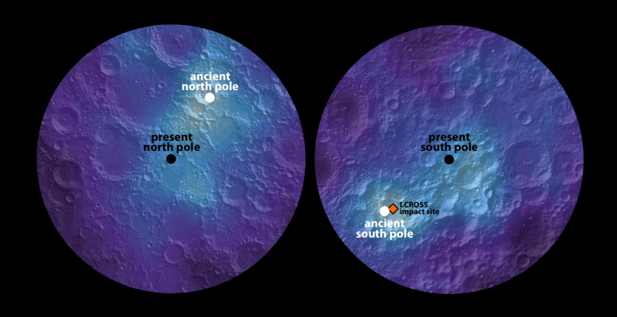
(h/t al.com)






